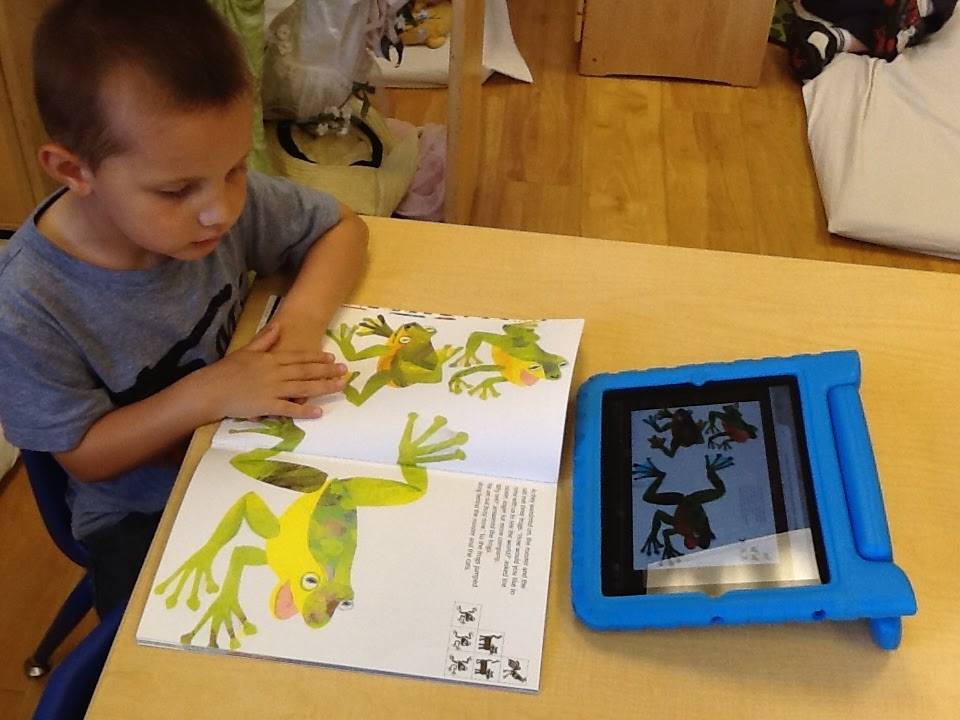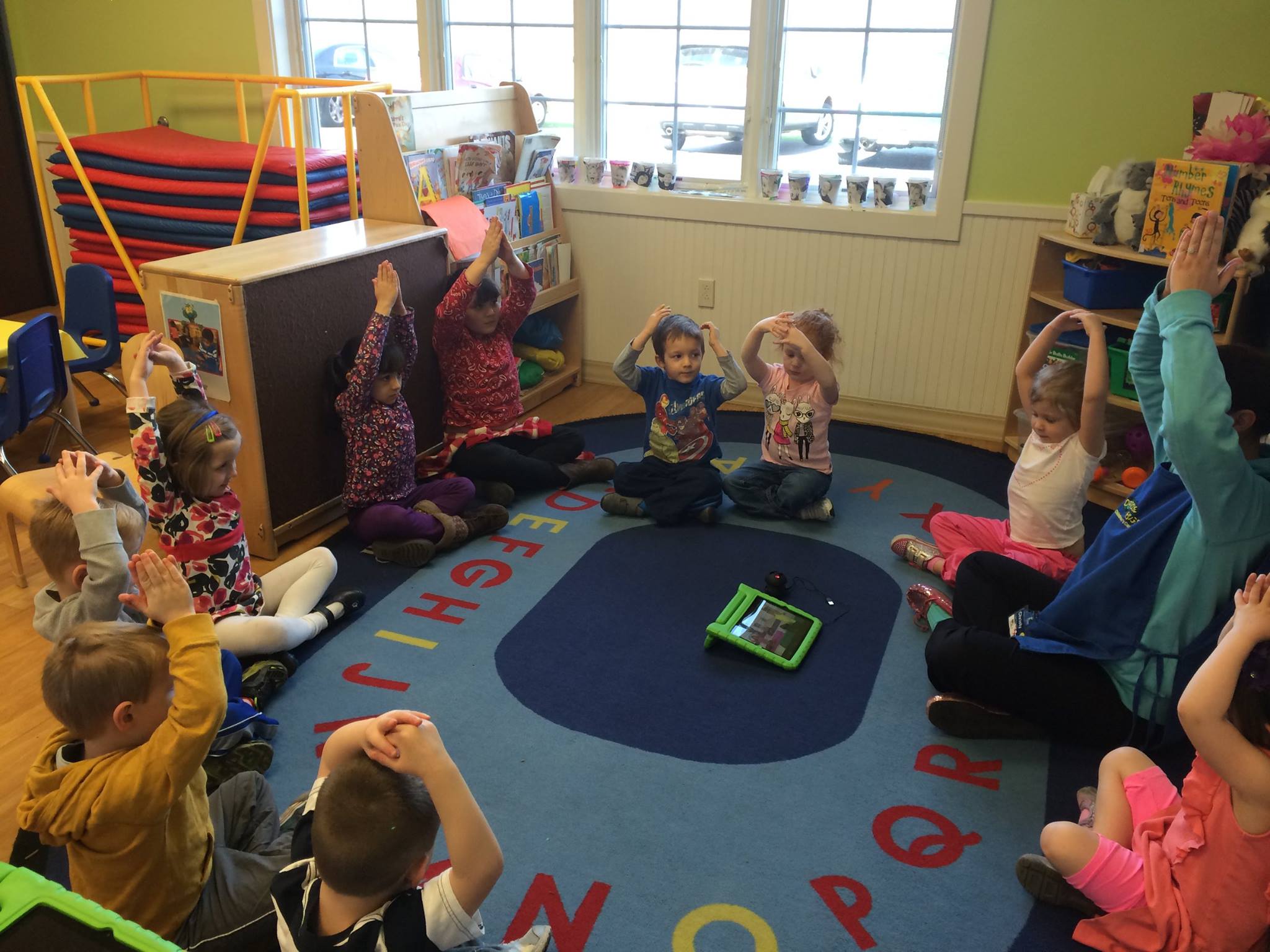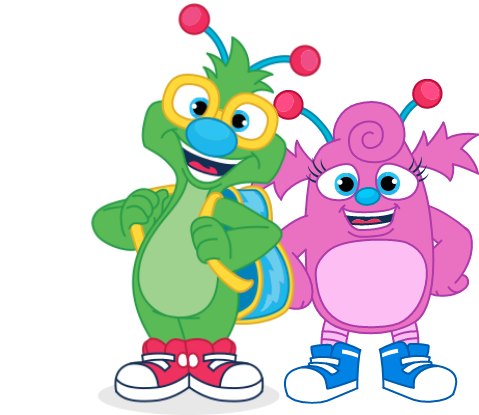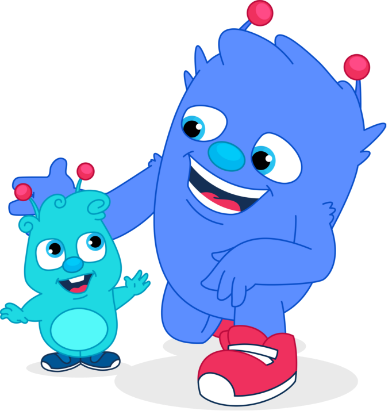July 21, 2014
Learning Styles and Technology
Introducing our guest blogger:ABCmouse.com is a partner of Doodle Bugs! Children’s Centers and offers a way for children to interact with technology while learning foundational skills, experimenting with cause and effect, and collaborating with classmates. All Doodle Bugs! preschool and pre-k classroom teachers use ABCmouse.com’s learning activities as an extension of play-based classroom activities and the classroom-linked home accounts enable parents to guide their children through the same lessons at home via their home computer, tablet or mobile device.
Learning styles are the ways in which people discover and learn about the world. They are usually described in seven distinct ways. Here are some familiar examples: Looking at pictures (spatial),  dancing (kinesthetic), working with friends (social) or quietly reading alone(interpersonal/linguistic), listening to music (auditory-musical) or working out a problem from a chart or making step-by-step plans (logical) all are ways that information can be learned. Many times people employ more than one of these styles when learning, but sometimes one method can be more dominant. The more ways that a child can interact and experience their world, the more she can develop strong learning habits across all the styles.
dancing (kinesthetic), working with friends (social) or quietly reading alone(interpersonal/linguistic), listening to music (auditory-musical) or working out a problem from a chart or making step-by-step plans (logical) all are ways that information can be learned. Many times people employ more than one of these styles when learning, but sometimes one method can be more dominant. The more ways that a child can interact and experience their world, the more she can develop strong learning habits across all the styles.
In the 21st century classrooms, technology plays a role and can support different learning styles. ABCmouse.com is an early learning academy that provides a wide array of learning activities that encompass language arts, math, science and social studies, music and art. To apply the concept of learning styles to ABCmouse.com or other learning sites, it is possible to connect nearly all the learning styles.
For instance, reading a book on the site can be done in a quiet and solitary manner or can be done with a partner or group. In this one example, several learning styles can be strengthened—visual, linguistic, aural, interpersonal and/or social. When considering a math activity on ABCmouse.com; logical, spatial, aural, verbal and interpersonal and/or social styles are tapped.
So, how about the kinesthetic learners—those who need to be involved fully by touching, bouncing, dancing, etc.? Using technology is a kinesthetic activity by its very design. The manipulation of the  mouse or touch screens is a way to physically be involved in the activity. From there, choosing any activity on the site that has music or rhythm can encourage clapping, tapping, pointing and directionality. Applying those concepts by making connections to movement games like Simon Says or creating an alphabet letter dance can appeal to nearly every kinesthetic learner out there!
mouse or touch screens is a way to physically be involved in the activity. From there, choosing any activity on the site that has music or rhythm can encourage clapping, tapping, pointing and directionality. Applying those concepts by making connections to movement games like Simon Says or creating an alphabet letter dance can appeal to nearly every kinesthetic learner out there!
Early learners are curious and excited about their environments and use many learning styles to make sense of their world. Providing rich and varied activities in the classroom and at home, children not only continue to be curious, but they become great 21st century learners, as well.

 1.866.668.5111
1.866.668.5111  6:30 am - 6:00 pm
6:30 am - 6:00 pm 
 Give a Happy High Five!
Give a Happy High Five!


